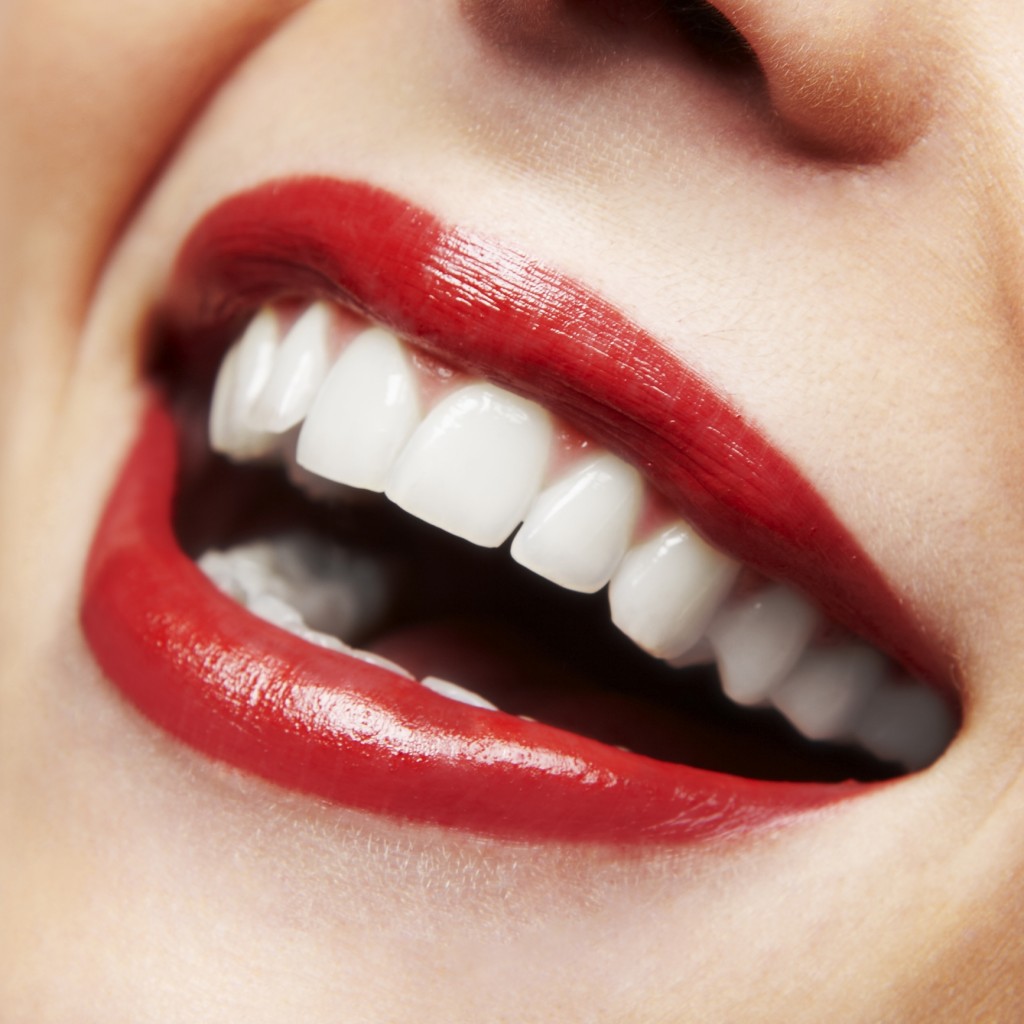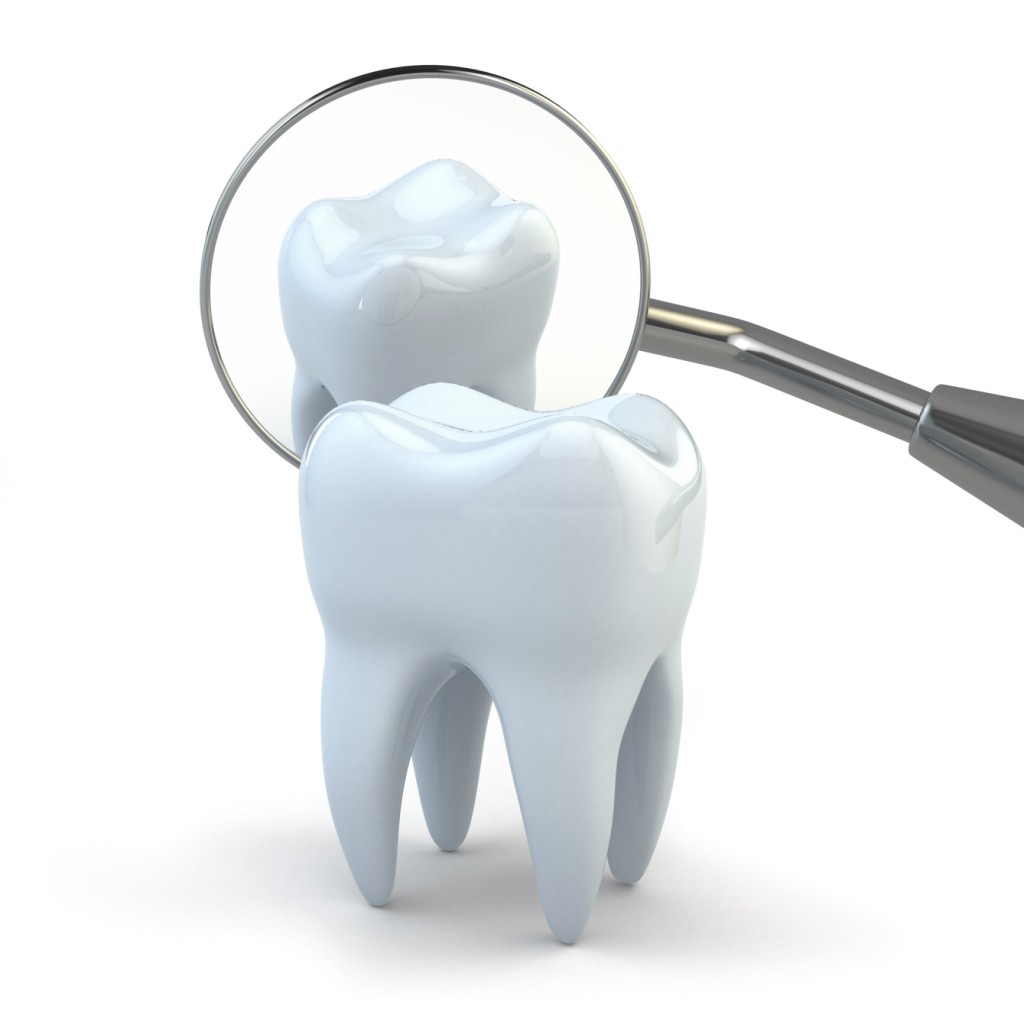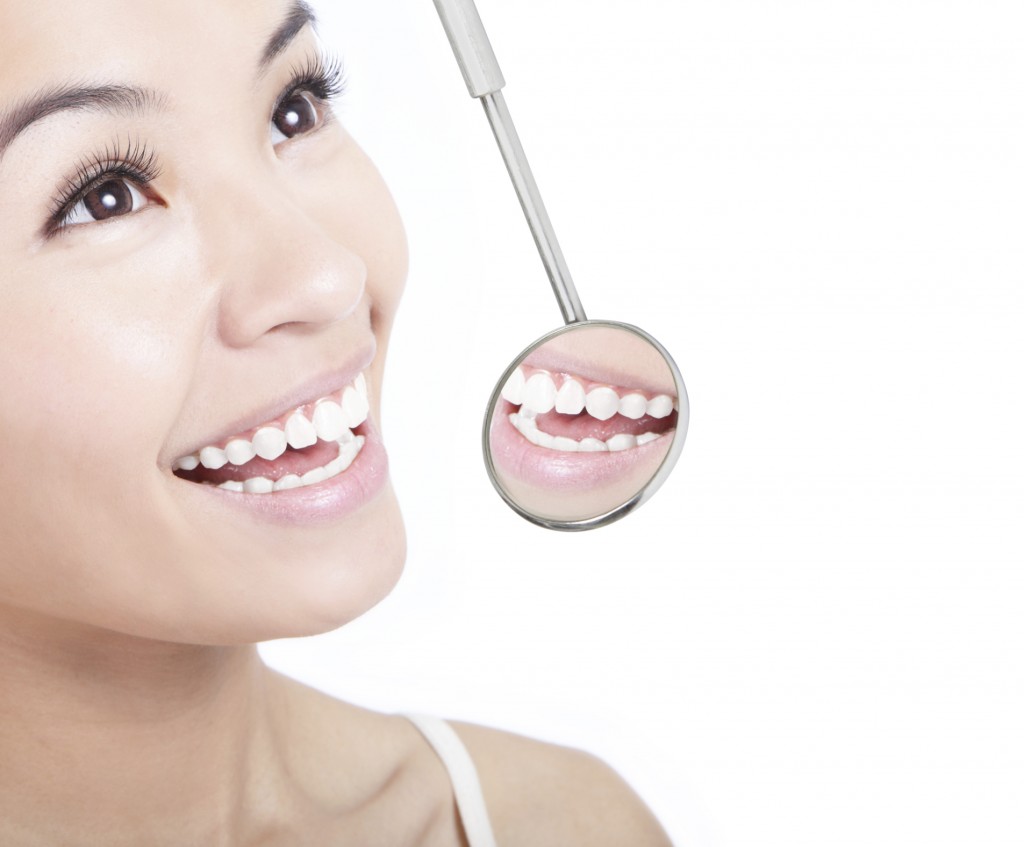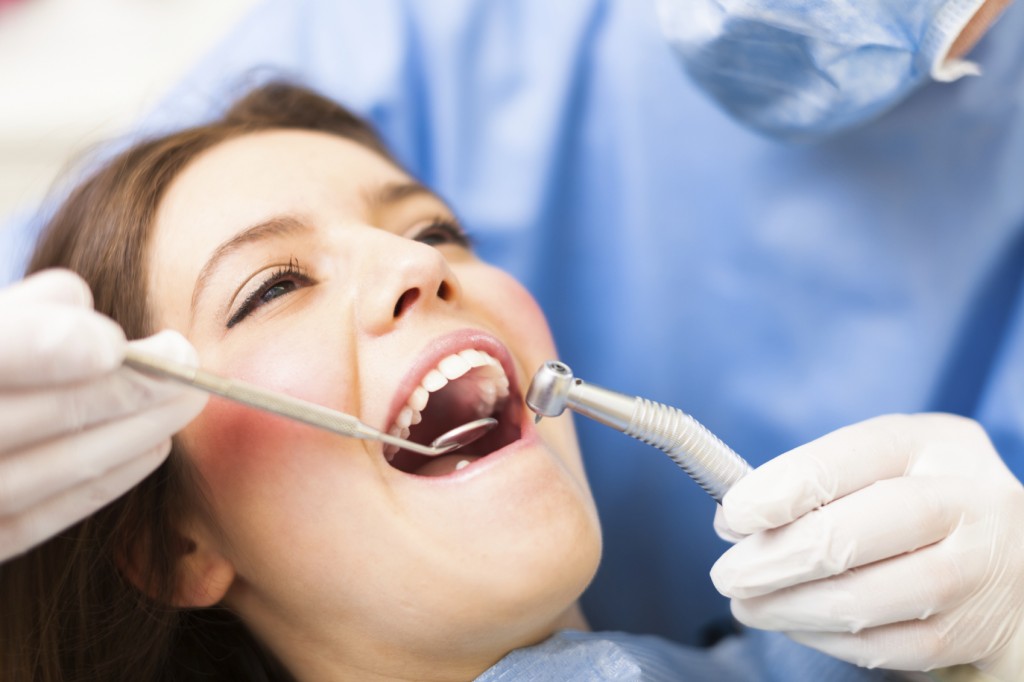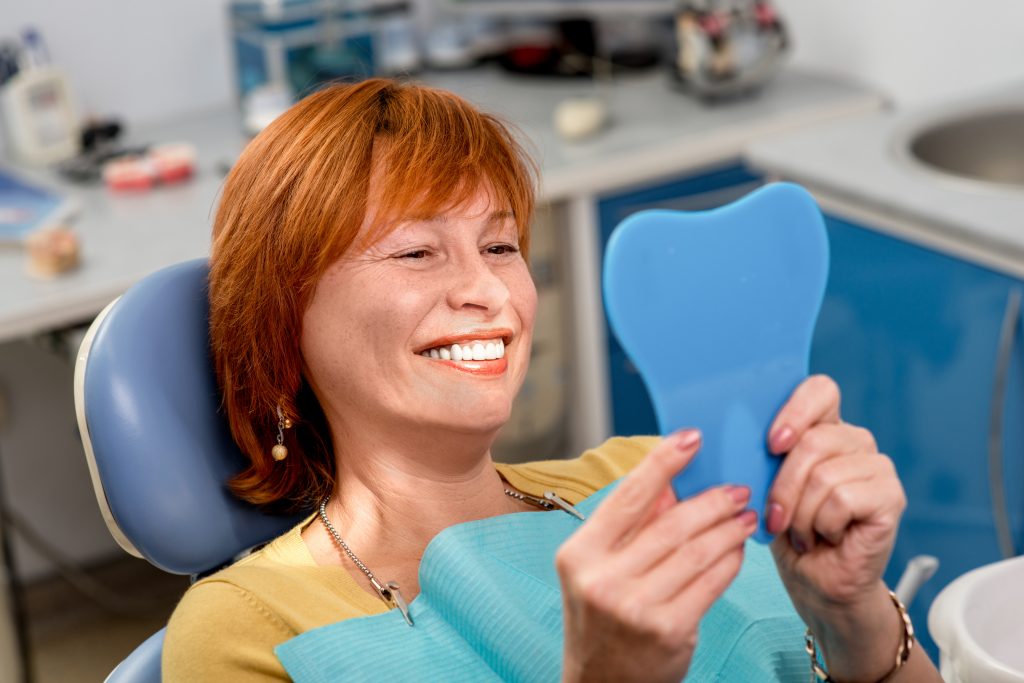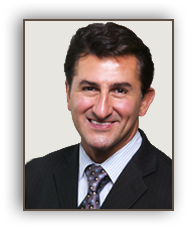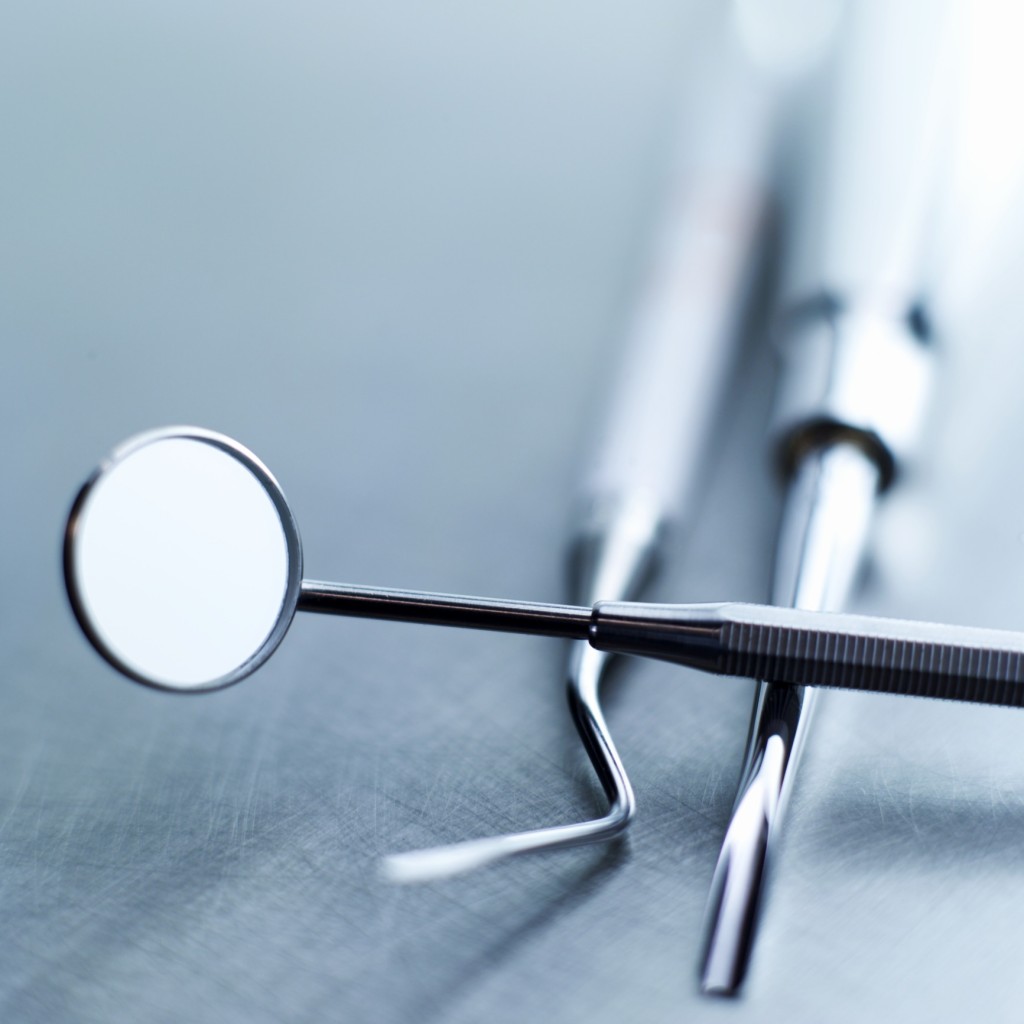You could be on your way to a perfect smile.
BY ROXANNE ADAMIYATT | JAN 1, 2021
There’s an old adage that you’re never fully dressed without a smile. And yes, a good grin is a great accessory — but what about those who are feeling somewhat less than proud of their teeth. Whether it’s crowding, crookedness or that your chompers are just plain worn down, there are plenty of reasons why someone might not be so willing to bare their teeth while they grin. Luckily, in the year 2019 there are a number of options available to give your smile a boost, one of which is a porcelain dental enhancement called veneers.
Typically, an expensive and collaborative process, getting veneers isn’t something one should do on a whim. Like any procedure, veneers require thought and consideration — and knowing the right questions to ask. And that’s where cosmetic dentists Dr. Michael Apa DDS and Dr. Victoria Veytsman DSS come in. We sat down with the veneer specialist (both of whom have a host of celebrity clientele) to find out everything you need to know about getting veneers.
What are veneers?
At their most simple, explains Dr. Apa, veneers are thin porcelain covers that go over the front of the tooth to give it a new shape and color.
What does the process of getting veneers entail?
One of the most important components of the veneers process is the consultation, according to our experts, who both collaborate with their patients to create their new smile. Taking into consideration the patient’s personality, facial traits (both behavioral and structural), their desired outcome, and their functional needs, the vision of what the new smile will look like is drawn up.
Typically speaking, dentists will take impressions and send them to the lab for a mock-up or a blueprint of what that smile and then, once this is reviewed, the mockup can be tested in the patient’s mouth.
“Once the preliminary design is approved, we then numb the teeth we are working on with local anesthesia. Then we re-contour the teeth removing only as much tooth structure as is necessary for the case,” explains Dr. Veytsman who elaborates that once impressions are taken for the ceramist, the patient leaves with nice temporaries, which are great for giving their smile a test drive. If the patient sees changes that need to be made while wearing the temp teeth, that can be conveyed to the lab.
Finally, once color is confirmed, the final veneers are tested before they are cemented on permanently and adjusted to perfection.
Who is a good candidate for veneers?
Anyone who is looking to change the color, size, shape and width of their smile. Ideally, one’s gums and bone structure should be solid and healthy. “A great cosmetic dentist can do a lot more with veneers in terms of changes to a smile than with any other cosmetic dental treatment,” says Dr. Veytsman.
What dental issues do veneers address?
Veneers can fix a number of dental issues including chipping, staining, old restorations and fillings, an uneven or narrow smile, spacing problems, crowding, a poor bite and even internal staining from antibiotics or fluorosis.
How do you determine whether veneers will work for your face?
It’s important to keep in mind that when it comes to veneers, it is not a one-size-fits-all solution. Every patient is going to be different. There are a variety of shapes, sizes, colors and smile designs that can come into play. “It is the cosmetic dentist’s job to have to take everything into account from the patient’s personality, to skin tone, eye, and hair color. We can design all this in the wax-up to see what this would look like in the temporary phase to adjust and make changes as needed,” says Dr. Veytsman.
She elaborates: “We can make a smile more masculine by keeping the edges of the teeth straighter, or more feminine by rounding out the corners. We can produce a more youthful look by having the front two teeth slightly longer than the rest, or take 15 years off of an older face by providing more lip support with veneers.” The takeaway here: there are a number of options that can be customized to suit your face.
Is it possible to veneer some of your teeth or do you have to do all of them?
The good news: you can choose to veneer some of your teeth. “We have done as few as one or four veneers for our patients, but also as many as 28 porcelain restorations on one mouth.” As with all dental procedures, the patient’s needs and preferences will differ.
How do you ensure that veneers look natural?
If you want your veneers to look as natural as possible, it all comes down to conversation with your dentist. Dr. Apa’s process for natural porcelain teeth is as follows, “Final results are created by layering various porcelain powders by hand with a paintbrush and water. This process allows us to mimic the varying layers of the tooth and ensure its opacity and reflective properties match the natural teeth in the patient’s mouth.”
What is the difference between partial and full veneers?
Fun fact: porcelain restorations encompass veneers, crowns and bridges. “It’s all the same material, what differs is the amount of the tooth that is being covered. And a lot of cases include a combination,” says Dr. Veytsman.
Does the procedure require anesthesia?
Local anesthesia is required when undergoing a veneer application.
Are there any side effects or recovery time?
While there are minimal side effects, in the short-term someone might experience tooth sensitivity. This could happen anytime you are having work done to a tooth, though, says Dr. Veytsman, who reminds that typically there is no downtime after getting veneers: “Patients typically go back to work the very same day or the next day, latest,” she adds.
Is there anyone who isn’t a good candidate?
“Sometimes crowns are more appropriate because of the amount of tooth structure lost due to one’s grinding,” explains Dr. Veytsman. Another reason someone might not be able to get veneers is that they have very large, old fillings left.”But, again, this has to be determined on a case-by-case basis as every treatment plan is different,” she says.
What does a full set of veneers typically cost?
Pricing typically varies depending on the city that you live in. While Dr. Veytsman estimates that it can range anywhere from $2,000 to $4,000 per tooth, Dr. Apa estimates that it can range from $400 to $4,000, pending the dentist.
How do you maintain your veneers?
At the end of the day, maintaining your new chompers comes down to common sense. Have regular checkups and cleanings. Dr. Apa advises that his patients come in at least once a year for routine maintenance. “I tell patients to treat their veneers like regular teeth, upkeep and all,” he says.
But use common sense, too. “Please don’t chew on things like pencils or acrylic nails,” adds Dr. Veytsman.
Do you need to get your veneers whitened?
Simply put: no. Veneers have good color stability compared to the natural tooth. But according to Dr. Veystman, over the years veneers can pick up some coffee and red wine stains
Do you have to get your veneers replaced?
If properly maintained, veneers last from 15-20 years.
If you are interested in dental college courses, contact Aesthetic Advantage at 212-794-3552 to register today! Or visit aestheticadvantage.com for additional information.
